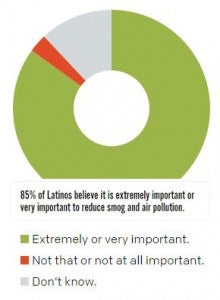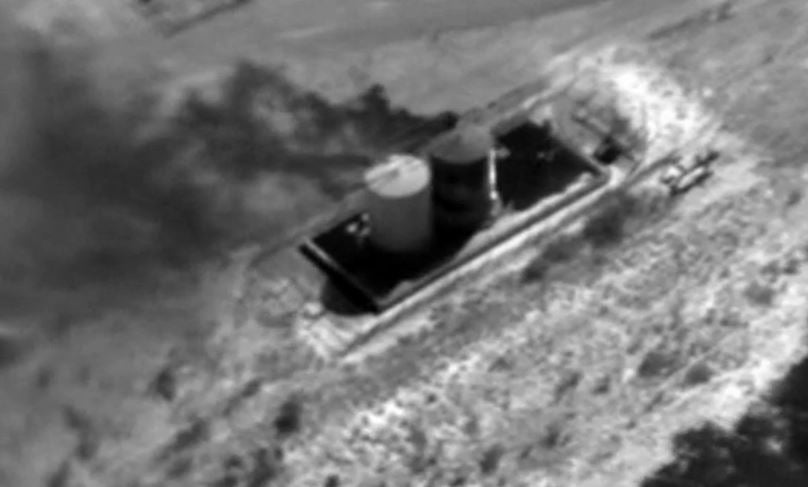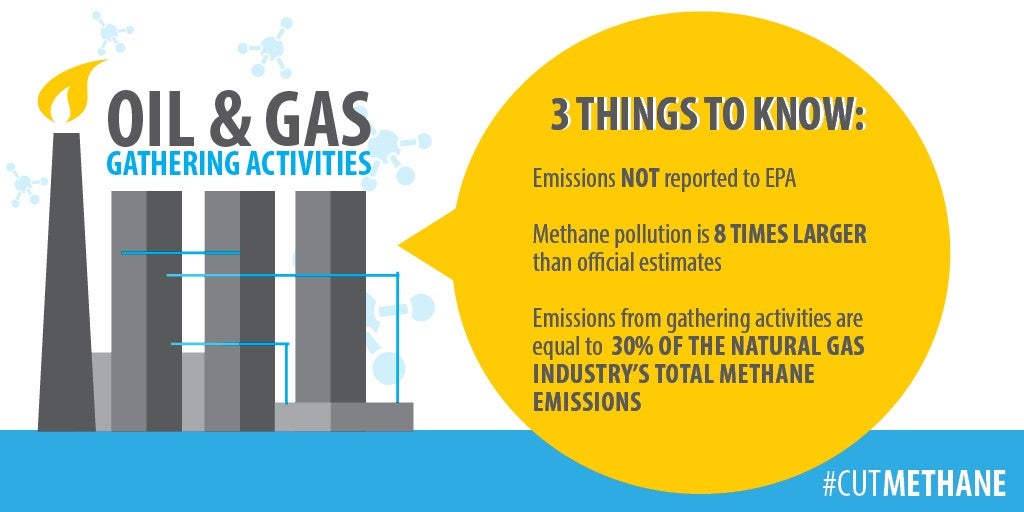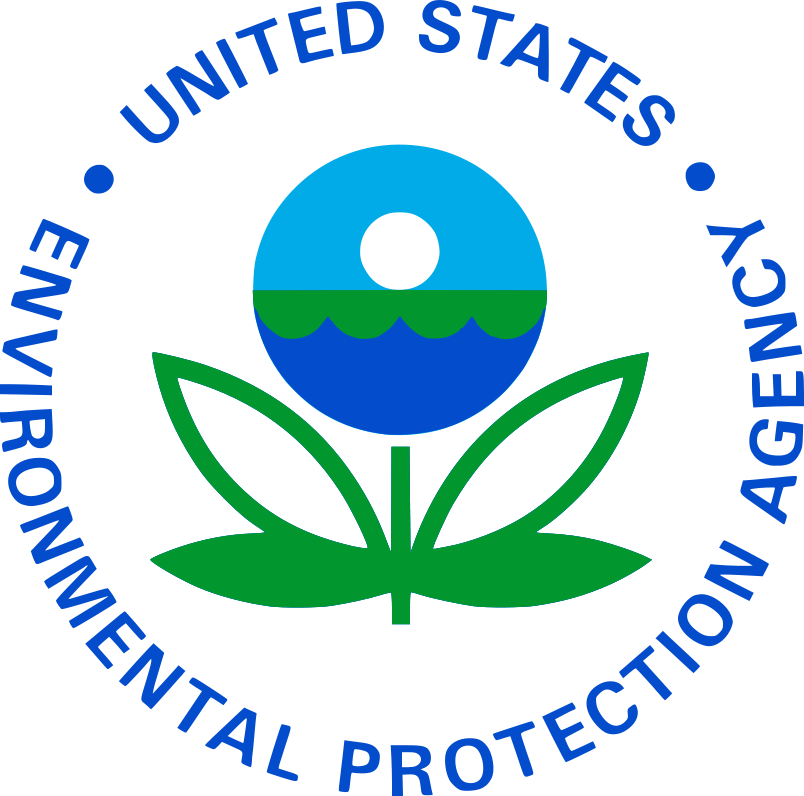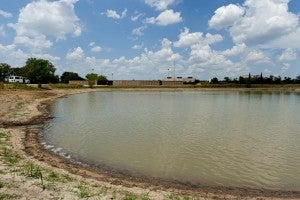 One study cannot answer every question about water pollution risks from oil and gas drilling, nor should it be expected to. But as my colleague Nichole Saunders pointed out, the oft-quoted statement of EPA’s water study – that it found no evidence of “widespread, systemic impacts on drinking water sources”– implied to some that activities related to hydraulic fracturing had been declared risk-free.
One study cannot answer every question about water pollution risks from oil and gas drilling, nor should it be expected to. But as my colleague Nichole Saunders pointed out, the oft-quoted statement of EPA’s water study – that it found no evidence of “widespread, systemic impacts on drinking water sources”– implied to some that activities related to hydraulic fracturing had been declared risk-free.
That couldn’t be further from the truth.
EPA’s draft report acknowledged in several places that available data on the impact of oil and gas operations on water resources was severely lacking. The limited scope, the large number of unknowns and the inadequate data were then used to characterize national impacts, leading to the “no widespread, systemic impacts” conclusion simply because confirmed impacts were small compared to the nationwide number of wells. That’s dangerous math that added up to misinterpretation and confusion following the report’s release. Read More










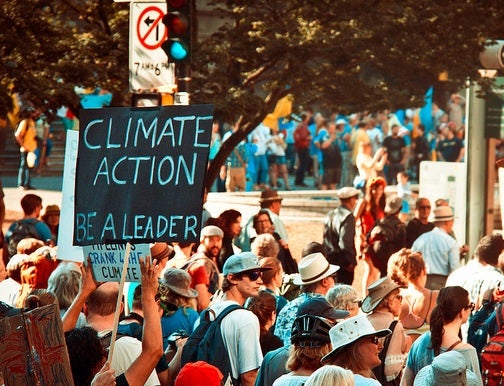 Last month, the Environmental Protection Agency (EPA) proposed the first-ever nationwide
Last month, the Environmental Protection Agency (EPA) proposed the first-ever nationwide 